MAD BY MOMRAY
With an altitude of nearly 1,800 m, Chu Mom Ray peak stands tall like a pillar supporting the sky amidst the clouds and mountain winds. For a long time, this mountain has become a sacred symbol of the border region of Sa Thay district.
Chu Mom Ray peak stands tall like a pillar supporting the sky.
PHOTO: DUC NHAT
The journey to conquer the highest peak of Chu Mom Ray National Park (VQG) is a half-day climb, through pristine habitats. Visitors will pass white waterfalls, cool streams in the deep forest, dense primeval forests and vast patches of bamboo, rustling under the sunlight.
On that route, Monkey Waterfall appears in the middle of the forest like a silver silk strip. The higher you go, the more the panoramic view of Sa Thay district, Yaly hydroelectric lake, Plei Krong and part of Kon Tum city gradually appears in sight, stunningly beautiful. When approaching the top, visitors will encounter historical vestiges of war still imprinted: old posts, trenches, electric poles, barbed wire fences...
Not only mountains, Chu Mom Ray National Park is also a synthesis of many rare ecosystems. Dak Kan dipterocarp forest, a typical dry season deciduous forest of the Central Highlands, appears with a large lake, vast green grasslands like a steppe, suitable for camping and picnicking activities.
Bar Goc is one of the ancient villages of the Jrai people in Sa Thay district.
PHOTO: DUC NHAT
Coming to Dak Tao and Ya Book zoos, visitors can see wild animals with their own eyes as if they were in Africa.
PHOTO: XUAN THUY
The Ya Book Lagerstroemia forest, covering more than 10 hectares, is another memorable destination. In the dry season, the Lagerstroemia trees change leaves, dyeing the whole area purple - yellow - red, creating a shimmering scene like something out of an oil painting.
Dak Tao and Ya Book grasslands are a regular habitat for many wild animals thanks to their natural water and mineral salt sources. At dawn or dusk, visitors can encounter herds of deer, wild boars, and even gaurs appearing suddenly in the middle of the grassland, giving the feeling of being on an adventure in the African wilderness.
In sub-area 586, a unique volcanic rock field still bears fossilized deer footprints, dating back 400 - 520 million years. There is an underground mineral spring and a small stream winding gently under the forest canopy, making it an ideal place for geological and archaeological research and nature experiences.
According to Mr. Dao Xuan Thuy, Director of the Chu Mom Ray National Park Management Board, this old forest currently records more than 1,500 plant species, including 113 rare species such as wild orchids, gymnosperms, oil, and golden needles..., which are tree species symbolizing the ancient beauty and biodiversity of the Central Highlands. Regarding animals, Chu Mom Ray is home to 718 species, including iconic names of the deep forest: the red-cheeked gibbon, the gaur, and the Indochinese tiger, the mascot of the great forest, proving that wild life is quietly reviving among the undulating mountains and forests.
Chu Mom Ray Mountain is associated with a touching story about sisterly love.
PHOTO: DUC NHAT
Chu Mom Ray National Park not only has magnificent natural landscapes, but also possesses a diverse forest ecosystem.
PHOTO: DUC NHAT
"We are implementing a project to develop eco- tourism , community tourism, historical and cultural tourism. Currently, the park has 15 points and 6 tourist routes that can be exploited, from dipterocarp forests, animal grounds, fossil rock grounds to waterfalls such as Nang Tien, Vua Cha...", Mr. Thuy shared.
BROCADE MOUNTAIN OR THE INJUSTICE TURNING TO STONE
If the landscape is the physical part of Chu Mom Ray, then the Jrai legend is the deep soul of this mountain, creating a mysterious attraction for this great land. Located at the foot of the mountain, Bar Goc village is one of the oldest villages of the Jrai people. There, Mrs. Y Soi (81 years old), the oldest person in the village, often tells her grandchildren about the legend of Chu Mom Ray mountain.
The name Chu Mom Ray, in the Jrai language, means "brocade mountain". The mountain is also known as Chu Nang Pray, associated with the Pray tree used to spin and weave cloth. Legend has it that, long ago, there were two orphaned sisters living together at the foot of the mountain. One day, Bar Goc village held a festival. The older sister went into the forest to find food to join in the fun, while the younger sister stayed home to weave cloth. Before leaving, the older sister hung the cloth on the fence and asked the younger sister to look after it. But a wild buffalo passed by and ate the cloth.
When the older sister returned, she could not find the thread, so she asked. The younger sister insisted that she did not know. Not believing her, the older sister angrily chased her out of the house. Humiliated, the younger sister left the village and went deep into the forest. When she reached a high hill, she collapsed, tears streaming down her face, and turned to stone, still whispering: "Sister, I will not take your thread."
The Ya Book Lagerstroemia forest ecosystem is enchantingly beautiful during the leaf-changing season.
PHOTO: XUAN THUY
Chu Mom Ray peak stands tall like a pillar supporting the sky.
PHOTO: DUC NHAT
That year, at the village festival, the village boys caught a wild buffalo and slaughtered it to offer to the gods. People dug out a bunch of cloth fibers from the buffalo's intestines. The older sister was stunned. She rushed into the forest, all the way to the hill where her younger sister had turned to stone. Hearing her younger sister's voice, the older sister burst into tears and collapsed on the rock. There were only tears and a belated apology: "I know, please forgive me." The older sister also turned to stone.
Wild animals, as if understanding people's hearts, dug up the soil to build graves, sowed Pray tree seeds around the hill, and over time, they accumulated to form Chu Mom Ray mountain, or brocade mountain. "Bar Goc villagers still keep the brocade weaving craft as a way to remember the old story. The elderly always tell their children and grandchildren to live in love, not to let suspicion destroy the most sacred things," said Ms. Y Soi.
Mr. Vu Dinh Dung, Chairman of the People's Committee of Sa Son Commune (Sa Thay District), said that Bar Goc village currently has about 100 households, nearly 670 people, and life is gradually improving. The village has been chosen as a tourist village of the district. Many people have been trained in tourism, and dozens of artisans are ready to perform gongs to serve tourists. (to be continued)
Source: https://thanhnien.vn/nhung-tuyet-tac-thien-nhien-danh-thuc-chu-mom-ray-185250510220504295.htm


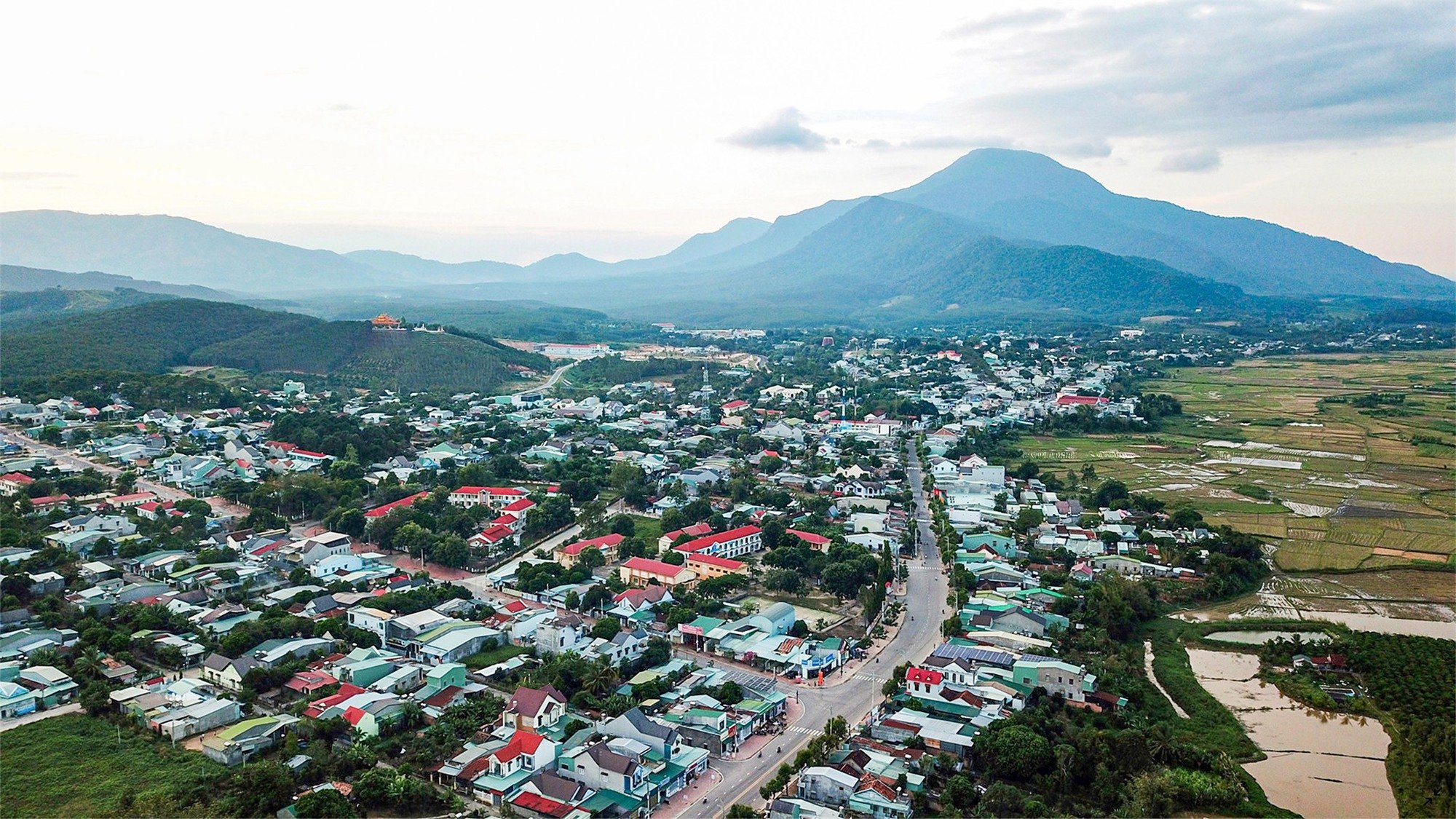
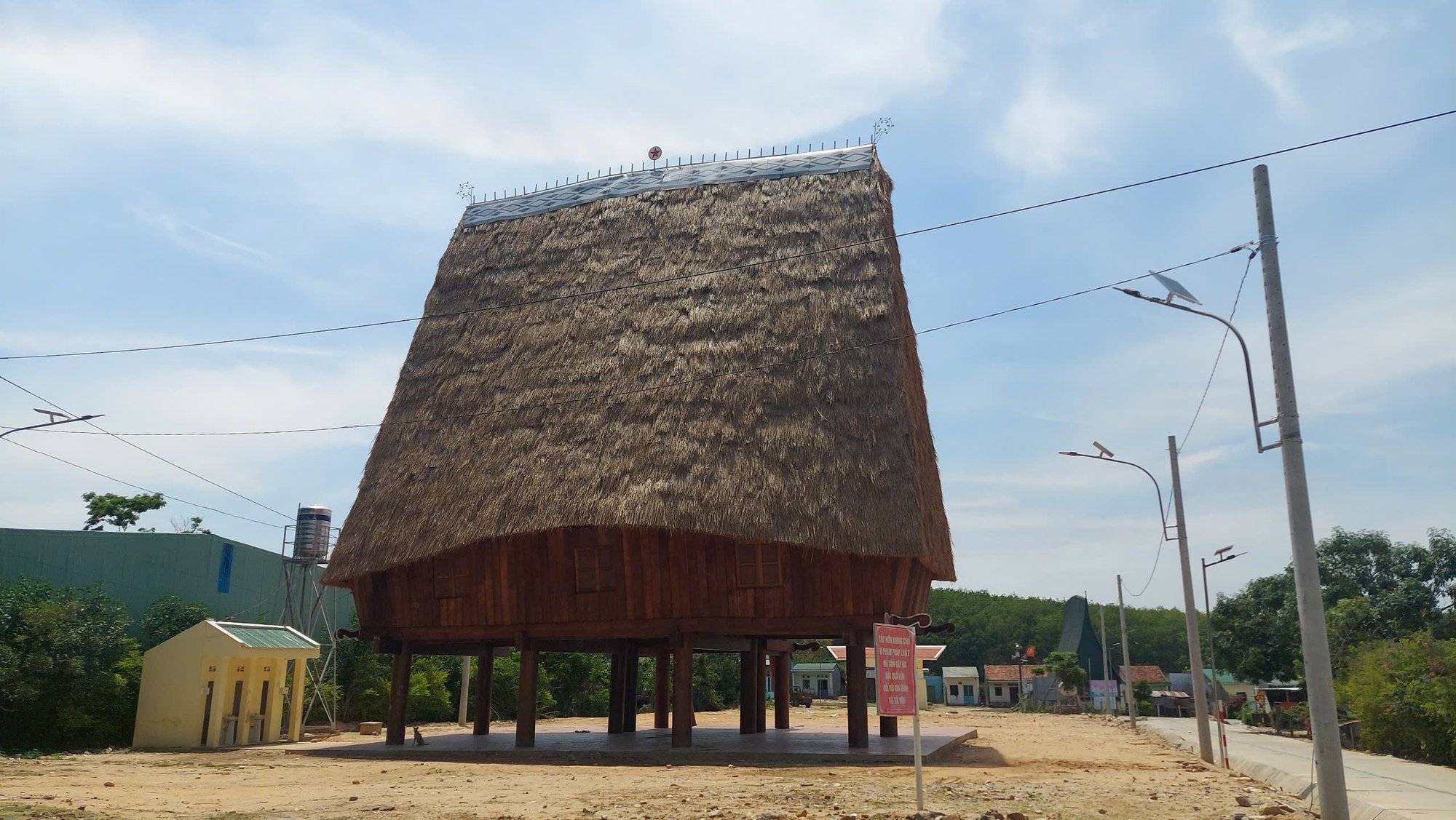
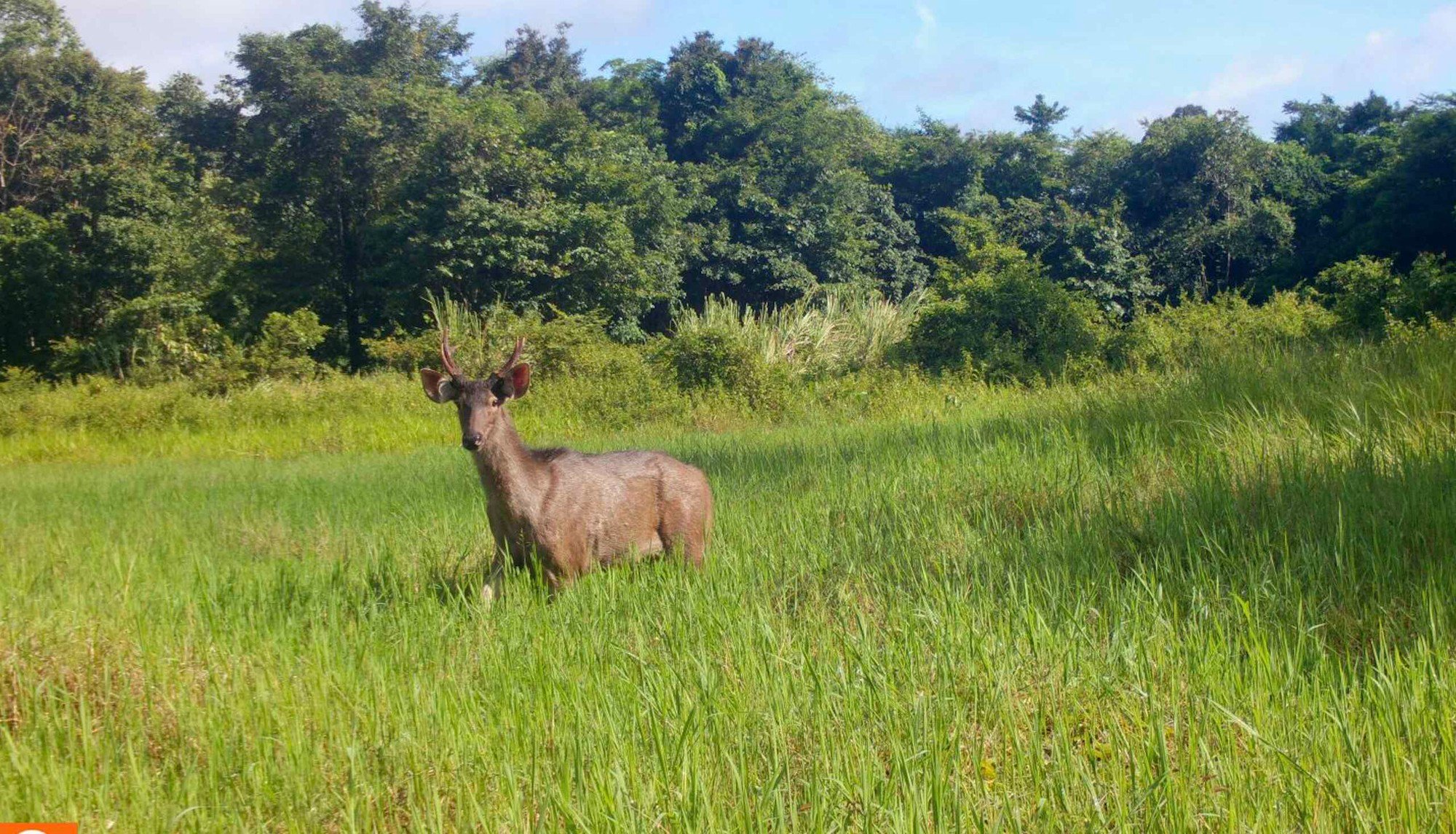
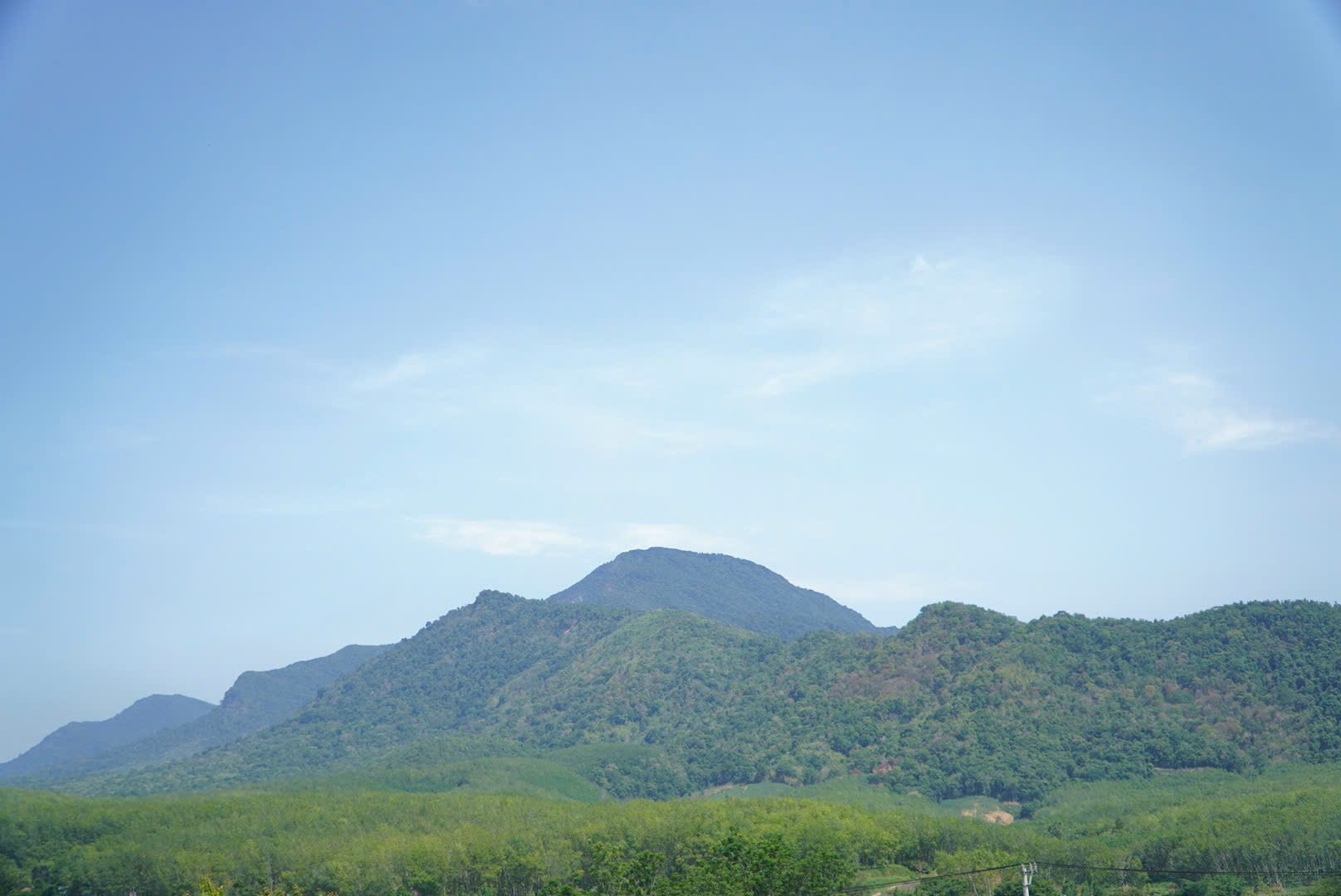
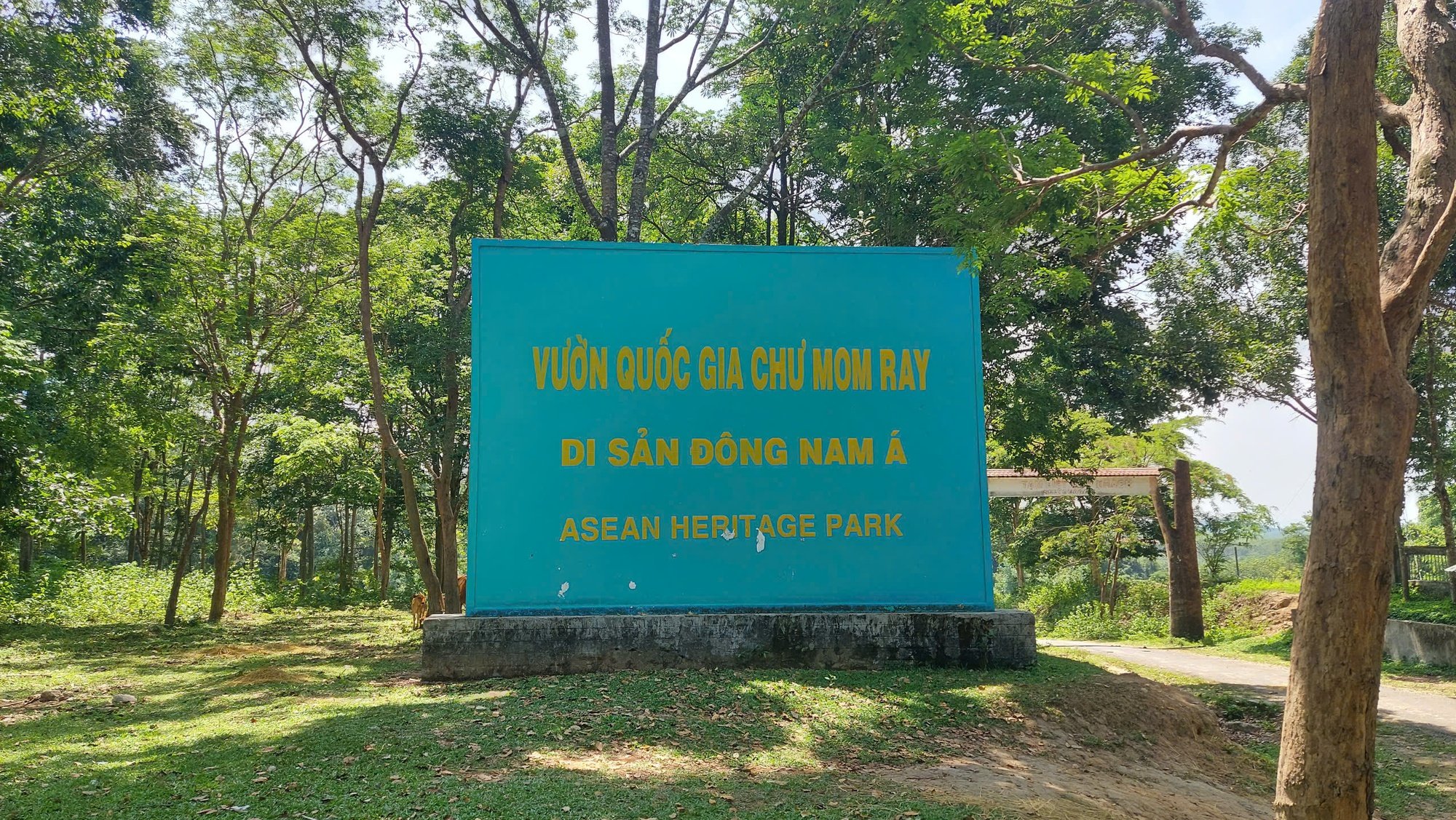
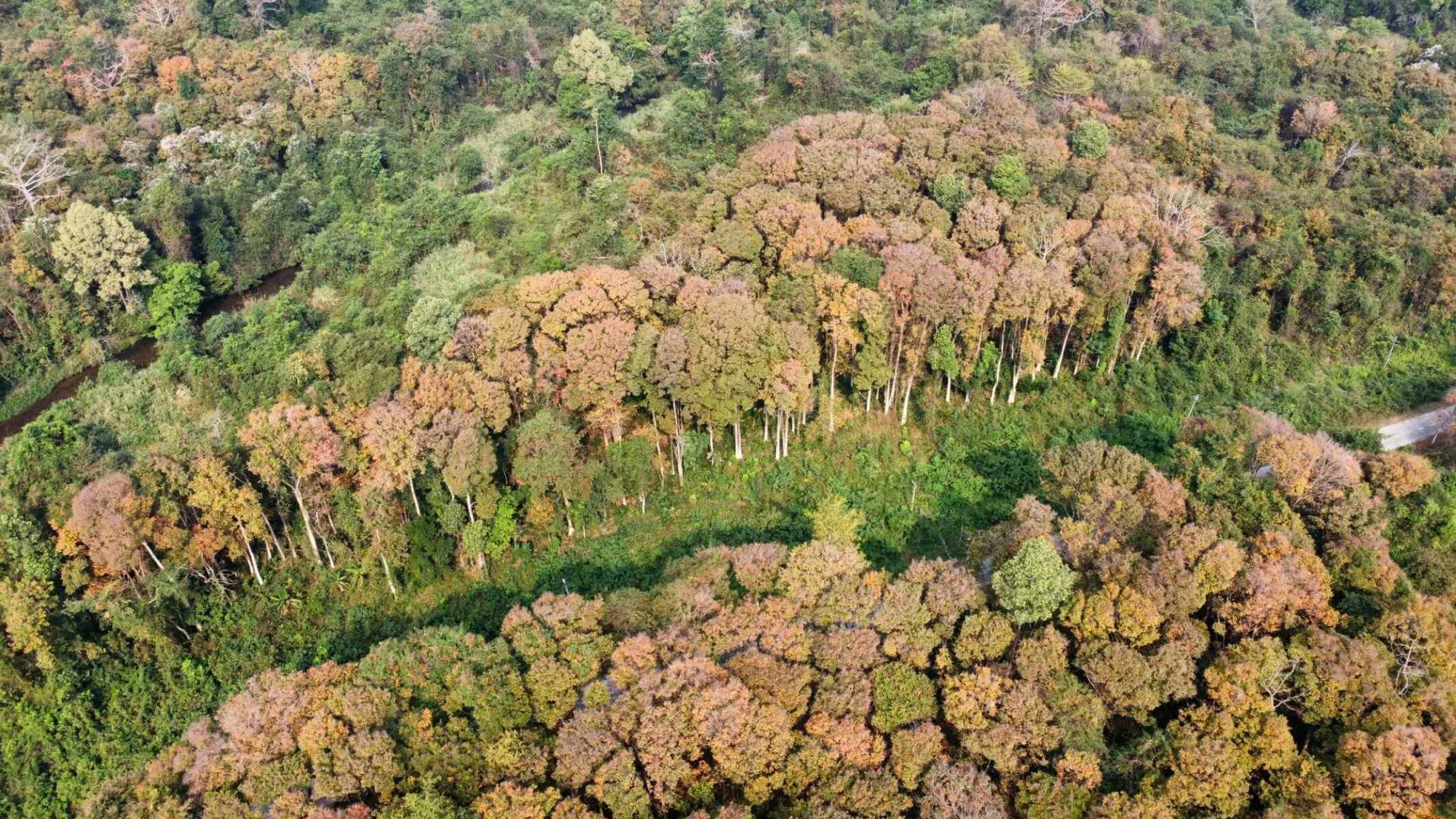
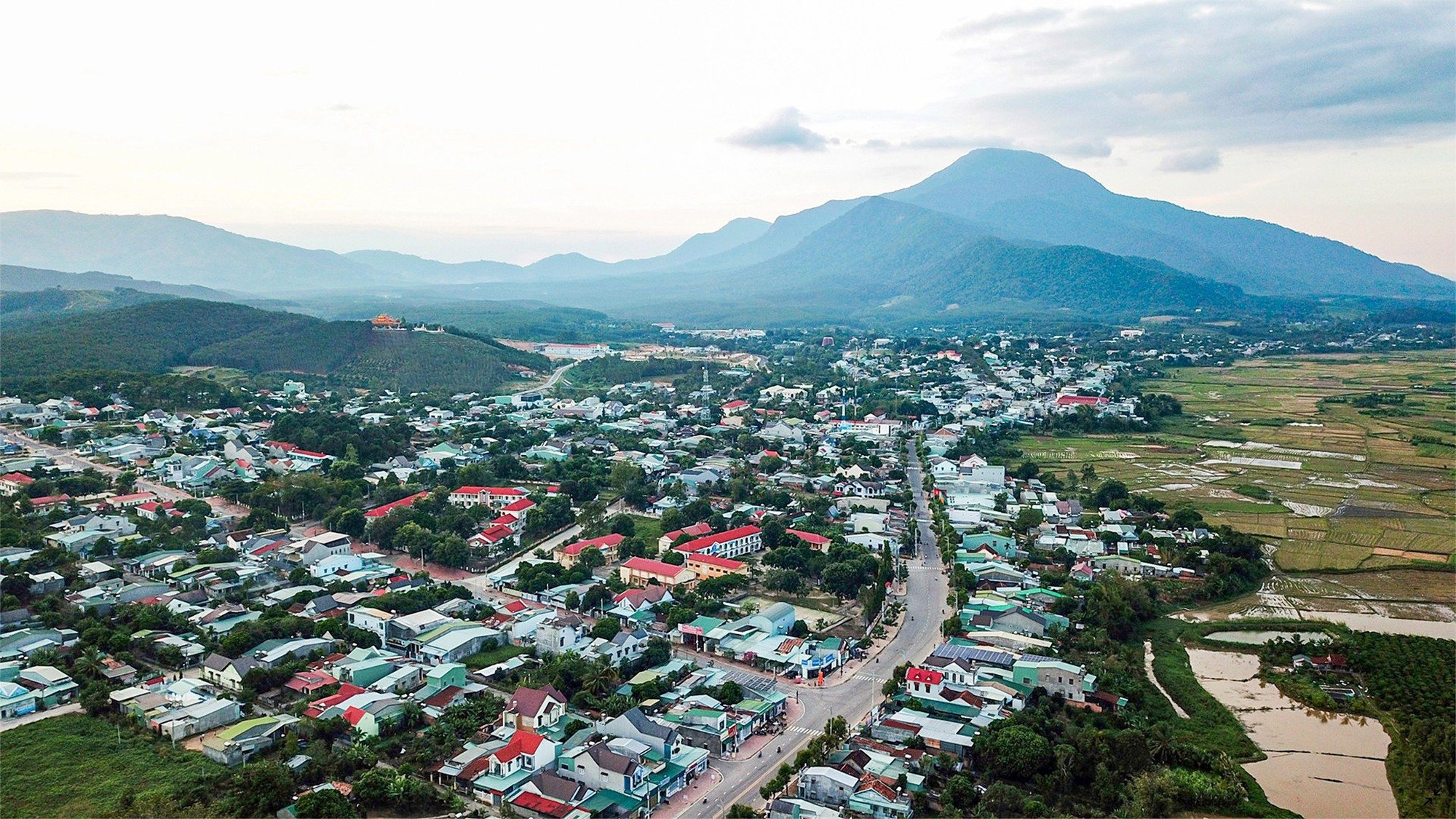

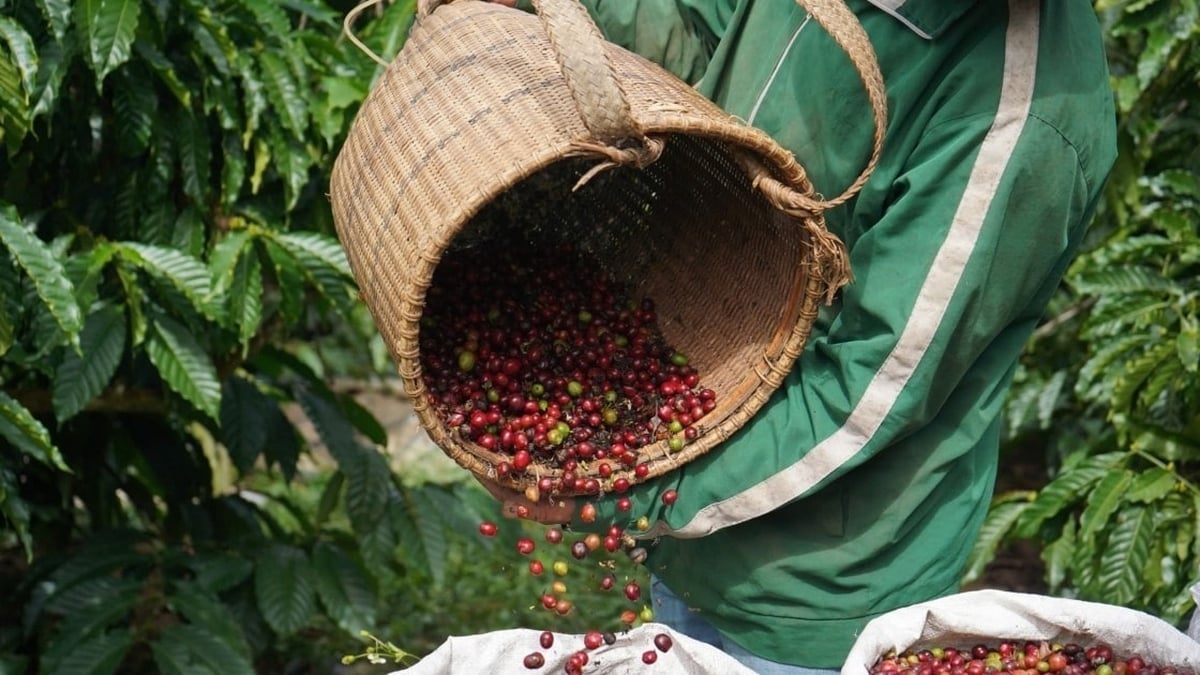
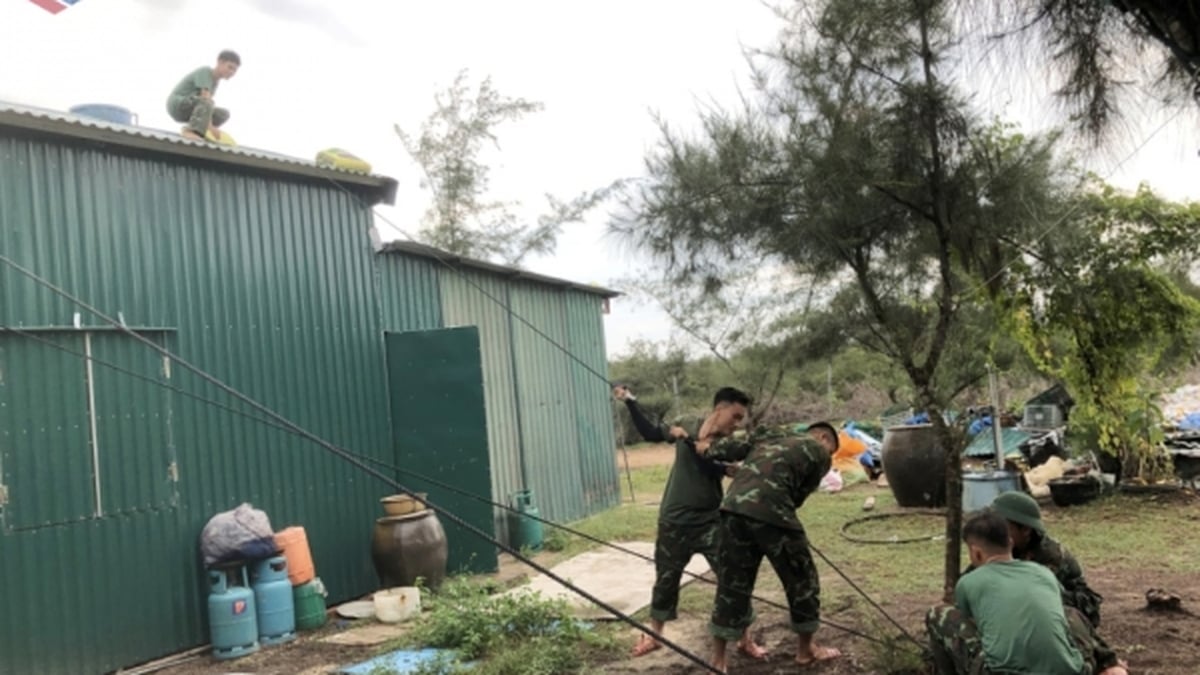


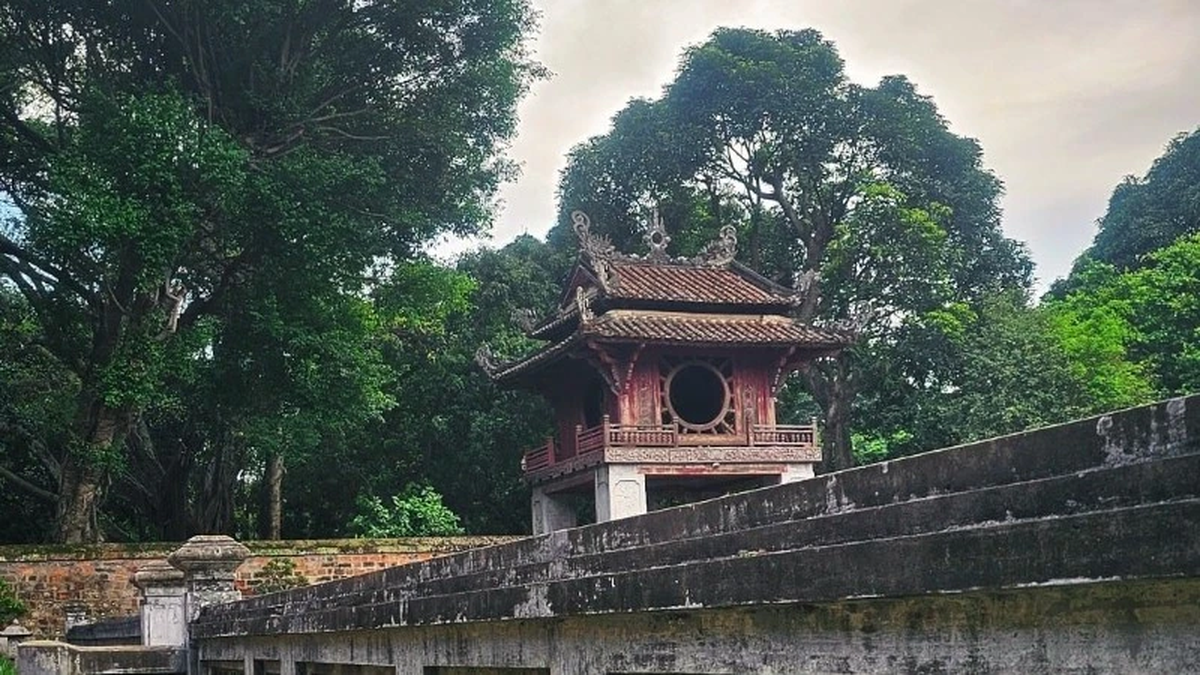
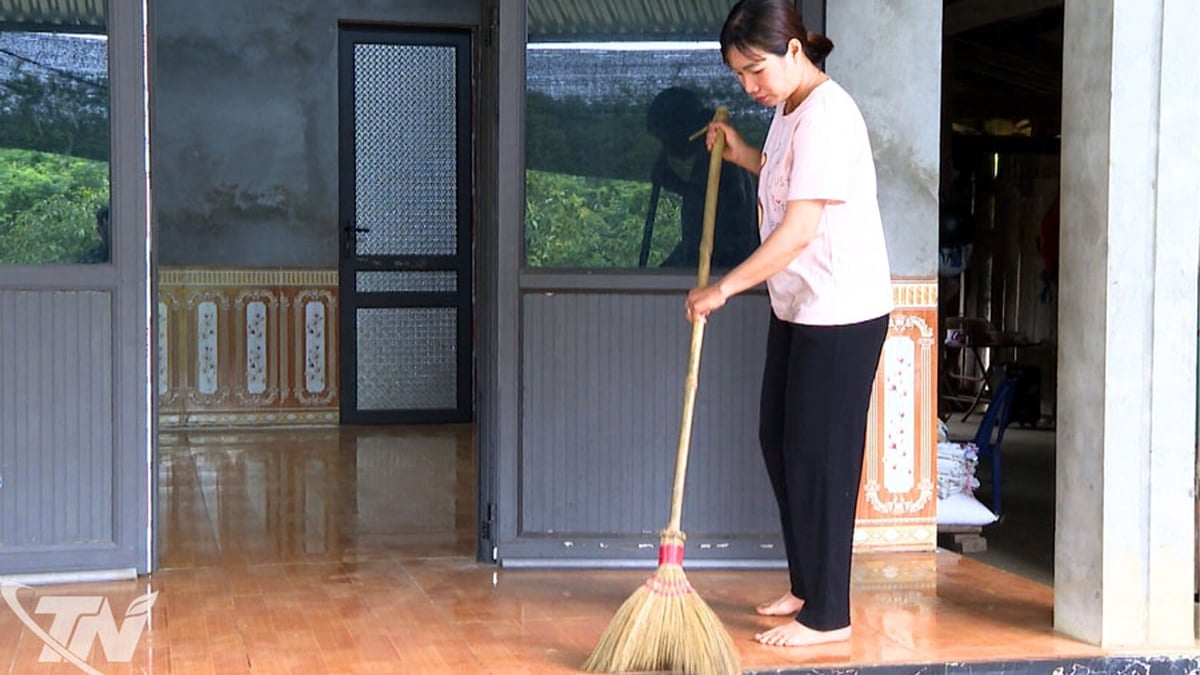

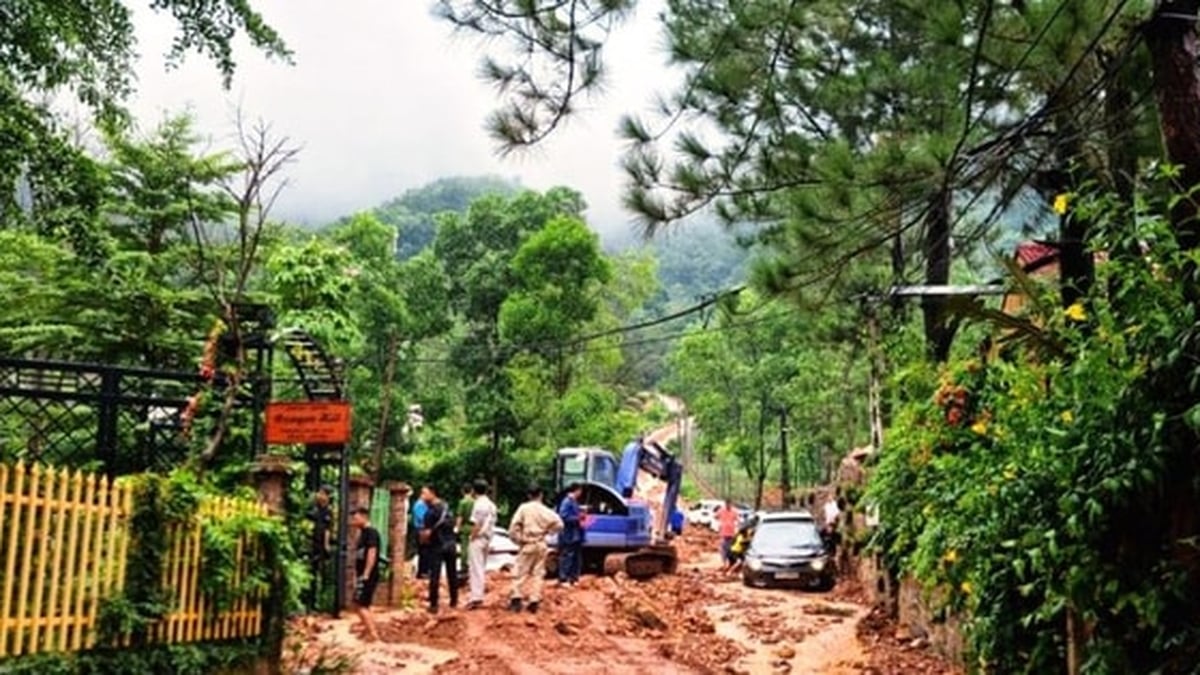











![[Photo] National Assembly Chairman Tran Thanh Man visits Vietnamese Heroic Mother Ta Thi Tran](https://vphoto.vietnam.vn/thumb/1200x675/vietnam/resource/IMAGE/2025/7/20/765c0bd057dd44ad83ab89fe0255b783)











































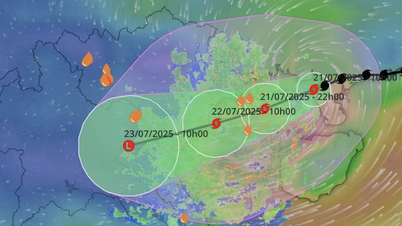































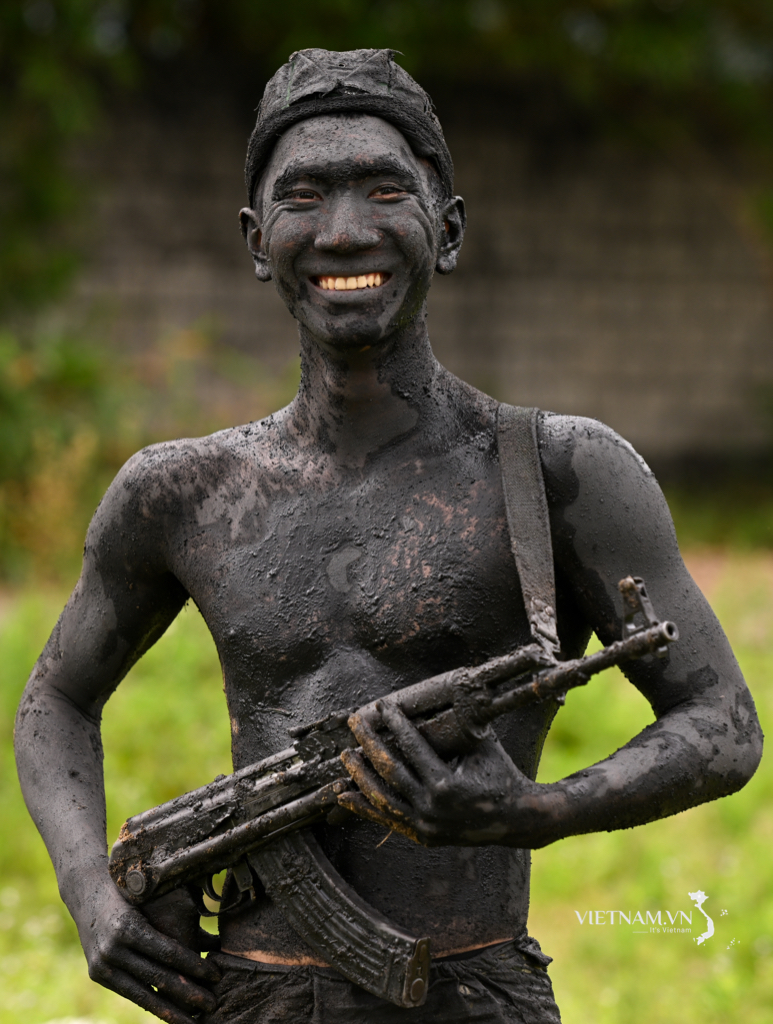
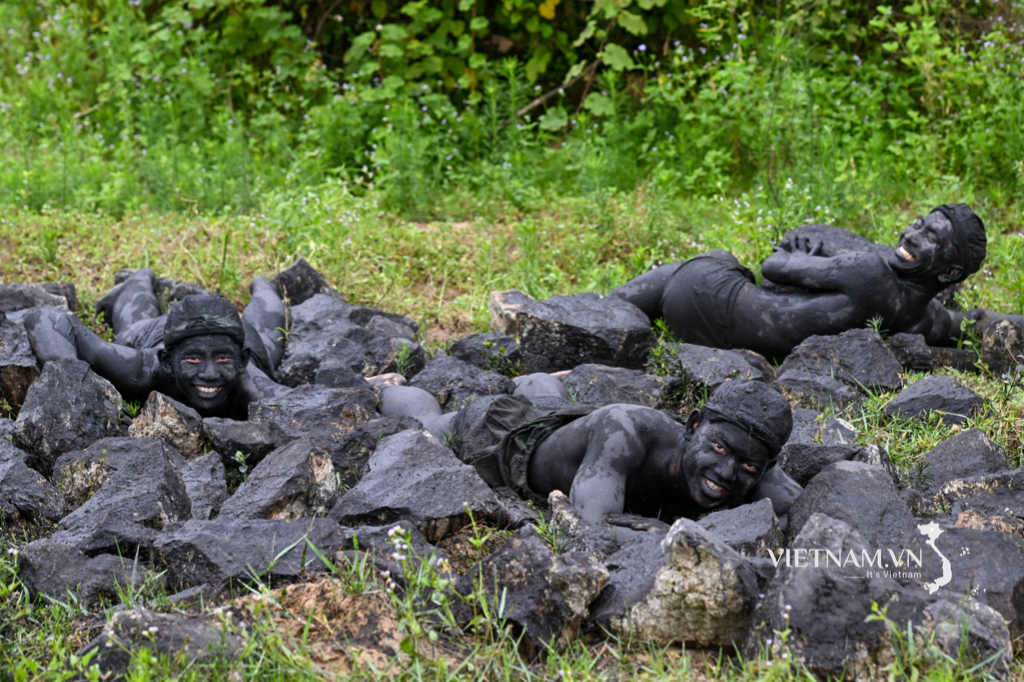

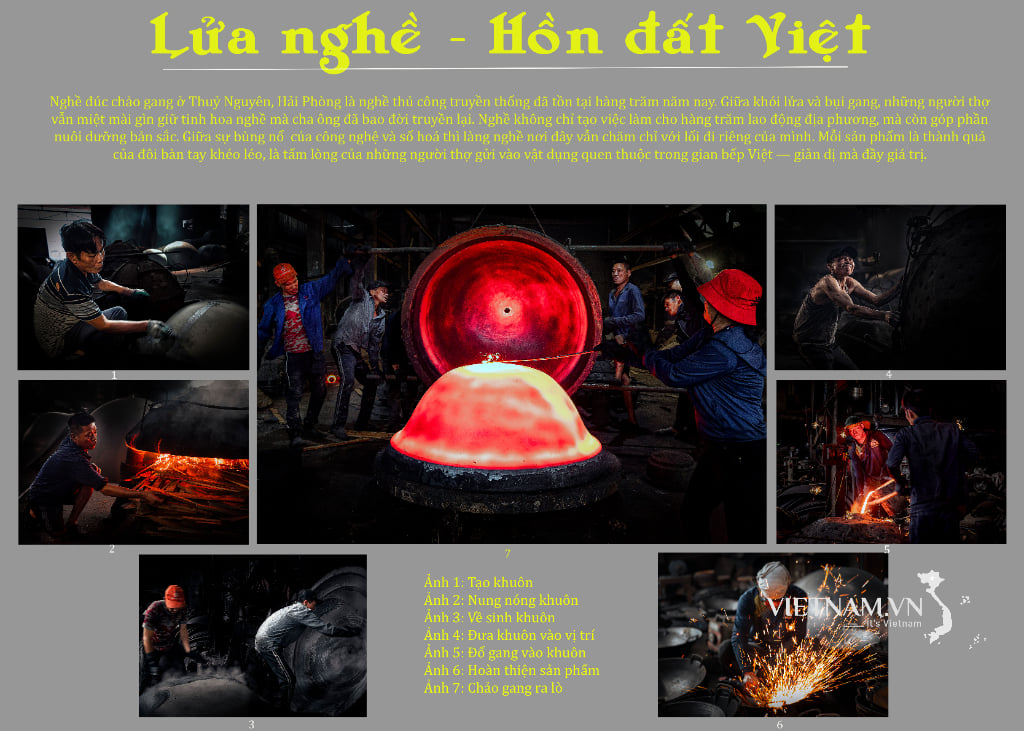
Comment (0)